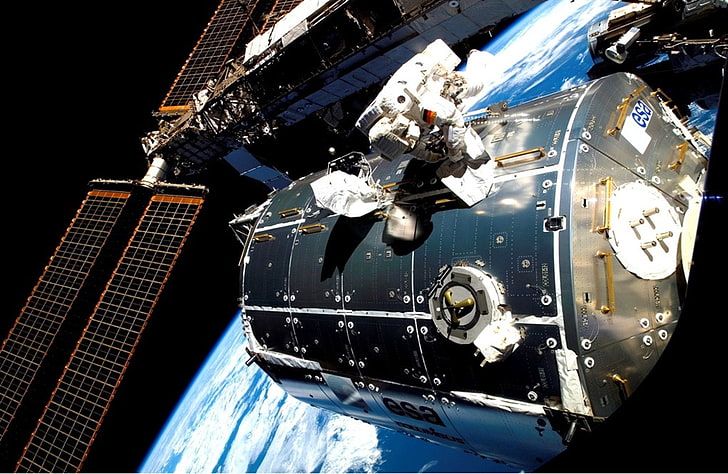No, it’s the ESA’s Angel Wings for its satellites. It looks like a bird, a plane, or both.
Through the ADEO-N “Angel Wings” for satellites, the European Space Agency has developed a new method for its satellites to avoid remaining in the Earth’s orbit after being decommissioned. Due to its shape, it is known as the “angel wings,” however its main objective is to speed up a spacecraft’s re-entry process rather than adding to space debris.

It is well known that the Earth’s low-Earth orbit (LEO) is free of debris left over from abandoned projects, with the surrounding debris already affecting other operational satellites and missions.
Angel Wings on ESA’s ADEO-N to Hasten Re-Entry
In June 2021, the ESA used the SpaceX Falcon to launch a small satellite carrier dubbed the ION, and in late December 2022, the organisation opted to deploy the ADEO-N package, which had undergone successful testing.
When the Drag Augmentation Deorbiting System (ADEO) was launched in 2021, the ESA stowed the braking sail, which measures 3.6 square metres in its full size, into a 10-centimeter box. Astronomers were able to observe the huge beneficial impacts of the braking sail’s addition of drag to a spacecraft after its deployment in December.
It is a big, X-shaped, aluminum-coated polyamide membrane that is fastened to four carbon fibre-reinforced booms and can be stored when not in use.
The spaceship automatically descends as it continues to generate drag; if it were to enter the Earth’s atmosphere, it would shortly burn-in and disintegrate into dust.
The agencies’ various teams will next gather any other materials that are still alive.
Utilizing ESA’s New Wings to Reduce Space Junk
According to the ESA, this might be used for upcoming satellite initiatives by the organisation and its collaborators to hasten the process of re-entry to the earth. The angel wings will enable the satellite to return in approximately one year and three months, according to the ESA, rather than having to wait five years for it to clear up.
The current space debris problem
There is a huge problem with the space debris that surrounds the world today, and these leftover old satellites, rockets, or shipwrecks are causing major problems both in space and on Earth. Space debris claims that humans can be “trapped” on Earth when the time comes for a massive escape.
Research is also being conducted on the harm that space debris poses to humans, and it may fall to the earth and cause extensive damage to the ground. The study argues that it falls more in the southern hemisphere of the earth, and is more likely to harm people in the lower half of the earth than in the upper half.
There are already orders and laws aimed at reducing space debris, requiring all agencies and companies to recover abandoned materials or ships within five years. In ESA’s latest development, decommissioned spacecraft will accelerate re-entry just over a year after the end of their lifespan, using innovative angel wings to aid in the process.










